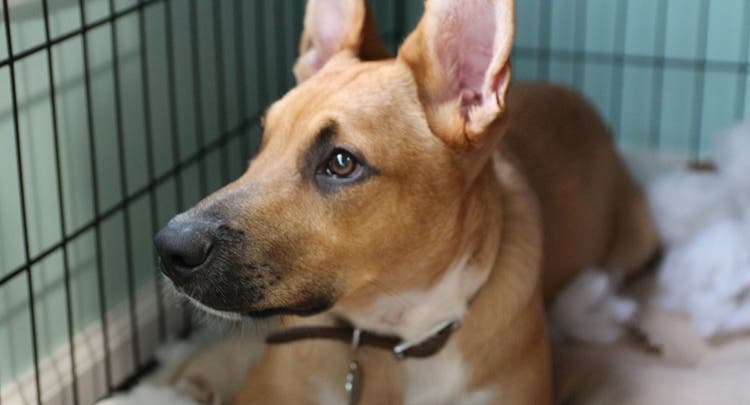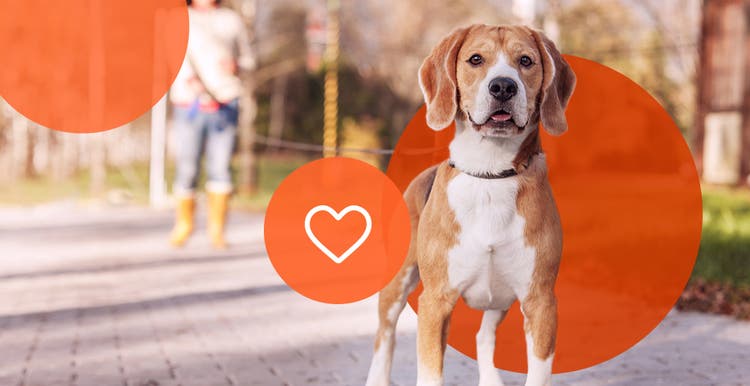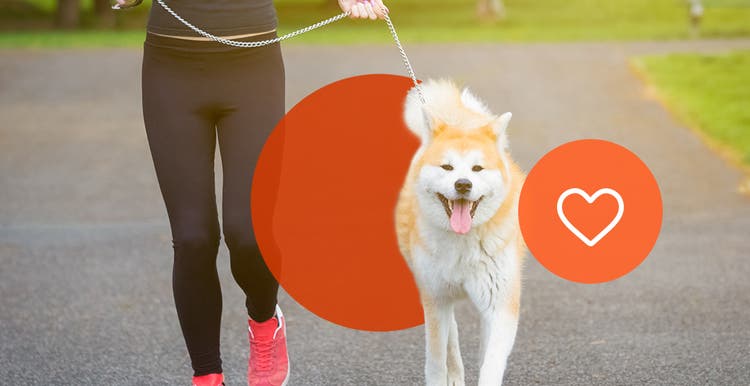Causes and solutions for destructive chewing in dogs.
Dogs love to chew — and for many dogs, it’s as natural as barking. But if your dog opts for shoes, furniture or even power cords over chew toys, the behavior can become an issue. Here’s why dogs love to chew on things they shouldn’t, and how to help stop destructive chewing.
Why Do Dogs Chew on Things They Shouldn’t?
Dogs chew for a variety of reasons, and different breeds chew more than others. Puppies often chew to help lessen the pain of teething and help channel all of that puppy energy into a specific task. If your dog wasn’t monitored closely as a puppy, then they might have picked up bad chewing habits.
For adolescent or adult dogs, destructive chewing is likely caused by:
- Boredom or loneliness: Most dogs have more pent-up energy than we realize. Chewing on new things can often be the easiest way for dogs to spice things up or distract themselves from being alone.
- Needing more attention: Some dogs simply want more of your attention — whether they have enough outlets for their energy or not. Very pack-focused breeds such as huskies or Jack Russell terriers may use chewing as a way to show their displeasure when they feel deprived of your attention.
- Separation anxiety: If your dog becomes anxious when you leave, that nervousness can manifest in chewing on items with your scent, such as your clothing and shoes.
- Hunger: A dog on a calorie-restricted diet might chew and destroy objects in an attempt to find additional sources of nutrition, particularly if they’re related to, or smell of, food.
6 Steps to Help Stop a Dog from Chewing Destructively
Training your dog not to chew isn’t difficult, but it is vital. Chewing on plastic, wood or other off-limits items could cause tooth or mouth damage, accidental swallowing of inedible materials or intestinal blockages.
Step 1: Remove All Improvised Chew Toys
Almost every dog owner has made an improvised chew toy out of a threadbare sock, a piece of clothing or an old shoe. But from your dog’s perspective, this opens up the opportunity to chew on all socks, all clothes and all shoes. Try using only genuine chew toys to help define the boundaries of what’s acceptable to chew.
Step 2: Remove All Chewable Targets
Limit the chances of regression by keeping shoes and clothes out of your dog’s reach. Put shoes in a closet, keep your clothes off the floor and move your children’s stuffed animals to a toy bin with a lid.
Step 3: Spray Furniture and Fixed Items with an Anti-chewing Spray
A light coating of a pet-safe chew deterrent will help your dog get the message that an item is out of bounds. Most sprays require more than one application, so check the usage instructions to ensure success and keep in mind that sprays may not deter some dogs from chewing a particular item. You might need to physically block access to the item for a few days to keep it out of sight and out of mind.
Step 4: Give Your Dog New, More Time-intensive Chew Toys
Consider getting a toy designed for chewing. Some toys have compartments for kibble inside to give the dog a mission. Try giving them the toy right after their regular mealtime so they have a treat that keeps their focus and helps them associate chewing with a delicious reward.
Make sure your dog is interested in the toy early on, as some pups can be picky about new toys. If you have to play with the toy beyond a minute or two to capture your dog’s interest, it might not be the right option.
Step 5: Give Your Dog Extra Attention and Guidance
If your dog is chewing destructively, they may need more attention. This isn’t just about playing more with your dog; it’s also about observing their behavior and learning why and when your dog tends to chew.
Some dogs chew after a walk because they still have pent-up energy they weren’t able to burn off. Others chew right after you leave in the morning because they’re lonely. Learning what specific time and actions trigger chewing can help you decide the best way to prevent it.
If you think loneliness is the problem — especially if your schedule has recently changed — turn on a dog-focused TV channel or website with sights and sounds designed to capture your dog’s attention before you leave. You could also create a comfy dog window seat so your pet can watch the neighborhood, or hire a dog walker for one or two days a week.
Step 6: Stay Level-headed
No matter how hard you and your dog work on training, they may still chew on the wrong thing from time to time. Unless you catch your dog in the act of destructive chewing, a verbal reprimand will only create a barrier between you. If you do catch them in the act, use a loud noise such as clapping your hands to startle them out of chewing. Then, give them an alternative chew toy along with positive reinforcement once they switch.
These steps can help curb your dog’s chewing, but depending on your dog’s personality, successful training could happen sooner or later. If your dog has a stubborn streak or is 2 years or older, expect training to take a little longer. However, with patience and consistency, you’ll be able to help change this behavior for the long term.








